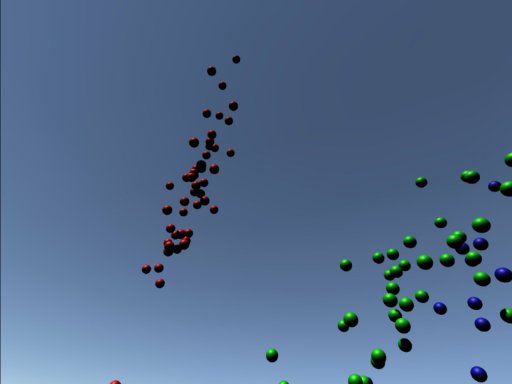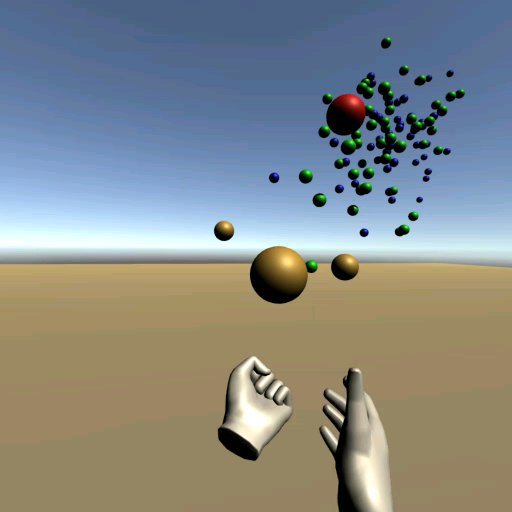Experimentation
The video clip below shows data visualisation in virtual reality, built by means of Oculus Quest headset and controllers, running Unity application, which processes large dataset of numeric and character data.
The dataset is the popular collection of measurements of iris flower leaves, well known in educational machine learning practices as a sample data resource, used by machine learning algorithms for training models for implementation in solving classification and clustering tasks.
The application itself runs on a PC or Mac computer, but can be built into unit, sharable with the VR equipment. This is possible, as Unity is extended with a framework of software modules for integration with XR (extended reality) platforms.
Once built and packed on Oculus, the application can be executed and casted on any other external device, which has Oculus app installed – mobile phone, tablet, computer, TV, etc., so more users can follow the VR interaction with the visual data at the same time.
The video above and the images below illustrate the new opportunity for the user to see, feel, and assess the data in different and more intuitive perspective, and to interact with it manually. It illustrates how to
- input large data set into the environment
- convert tabular numeric and text features into virtual visuals
- present interactive visuals in VR
The VR environment creates unique user experience, providing different perspective of data, enabling motion and multi-modal perception, while participants compare, filter, touch, or move virtual objects.
The wow part of the experiment includes immediate visual solving of data exploration, classification and clustering, easier conceptualization of the data space and its components, much higher motivation and satisfaction.





Holodeck project menu: